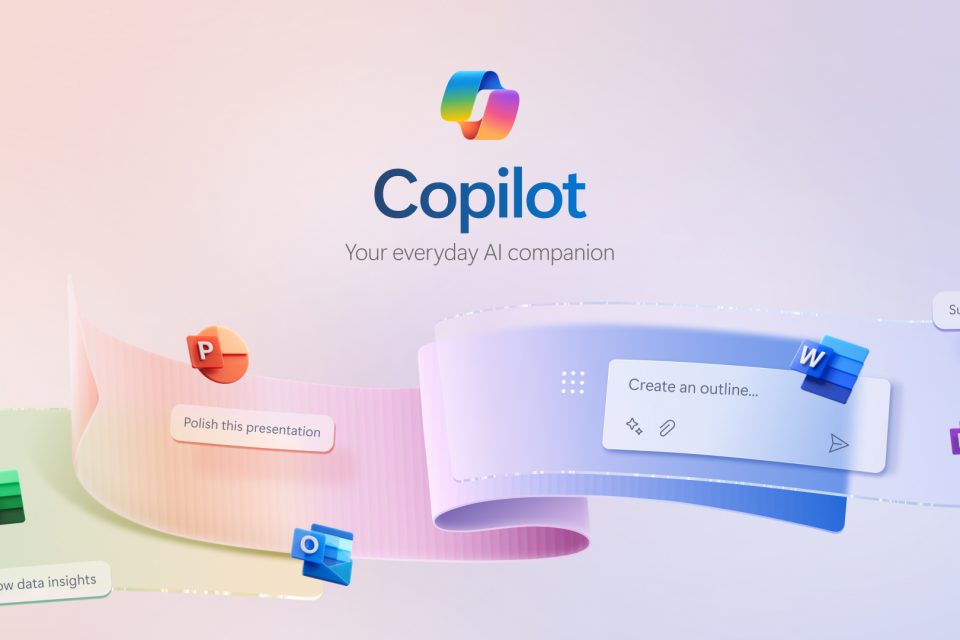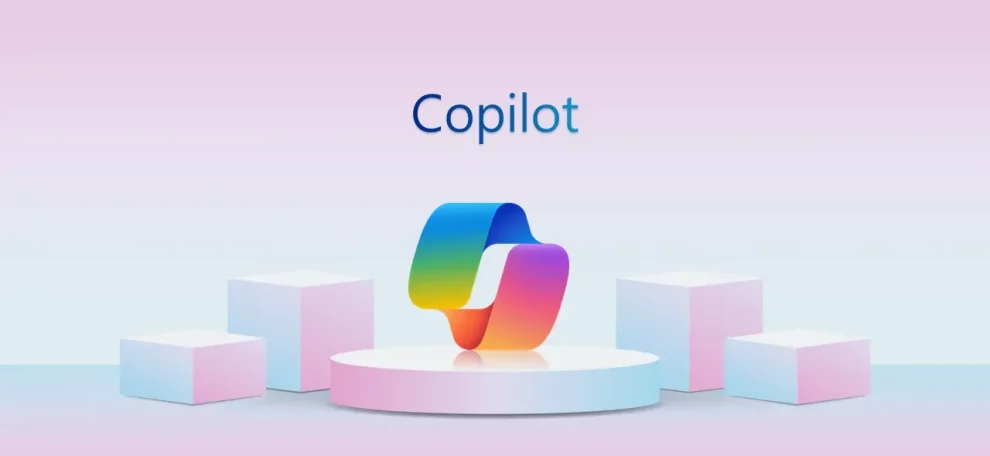With the unveiling of Windows Copilot, an AI-powered productivity assistant for PCs, Microsoft has sparked a wave of excitement among tech enthusiasts and professionals alike. This intelligent companion promises to revolutionize the way we interact with our computers, offering unprecedented levels of efficiency and productivity. However, before you can fully embrace the Copilot experience, there are several key requirements to consider. In this blog post, we delve into the essential prerequisites for leveraging the full potential of this cutting-edge technology.
Microsoft 365 Subscription: The Powerhouse Beneath
Windows Copilot isn’t a standalone application; it thrives within the Microsoft 365 ecosystem. To unlock its true capabilities, a Microsoft 365 subscription is an absolute necessity. Here’s why:
- Integration with Core Apps: Copilot is designed to seamlessly integrate with core Microsoft 365 applications like Word, Excel, PowerPoint, OneDrive, Outlook, and Teams. A subscription grants access to these applications and unlocks the functionalities where Copilot shines, enabling intelligent content creation, task automation, and real-time suggestions across multiple productivity tools.
- AI and Cloud Power: Copilot leverages Microsoft’s advanced AI capabilities and cloud infrastructure to deliver its cutting-edge features. A Microsoft 365 subscription ensures access to this technological backbone, enabling the seamless integration of AI and cloud services into your daily workflow.
The Right Windows Version: Staying Up-to-Date
While Microsoft has yet to officially announce the exact Windows version compatible with Copilot, based on current information, here’s a likely scenario:
- Newer Windows Iterations: Copilot is likely optimized for newer versions of Windows, potentially Windows 11 (version 22H2 or later) or even the next major Windows release. Running an outdated Windows version might hinder Copilot’s functionality and prevent you from fully experiencing its capabilities.
- Update Channels: Within compatible Windows versions, staying on the “Current Channel” or “Monthly Enterprise Channel” might be necessary to ensure timely access to Copilot features and updates, ensuring a seamless and up-to-date experience.

Beyond Subscriptions and Versions: Additional Considerations
While a Microsoft 365 subscription and a compatible Windows version are the primary requirements, there are a few additional considerations to keep in mind:
- Azure Active Directory: Copilot might require users to have an Azure Active Directory account (soon to be known as Microsoft Entra ID). This account acts as your digital identity within Microsoft services and facilitates secure access to Copilot’s features.
- Network Connectivity: As Copilot leverages AI and cloud services, a stable internet connection is crucial for smooth operation and uninterrupted access to its advanced capabilities.
A Glimpse into the Future: What to Expect
While Microsoft hasn’t officially revealed the complete list of requirements for Copilot, these are the most likely considerations based on current knowledge and the company’s existing ecosystem. As the release date for this innovative technology approaches, Microsoft will likely provide detailed system specifications and requirements to ensure optimal Copilot performance across various hardware configurations and software environments.
Conclusion: Preparing for the AI-powered Productivity Revolution
Microsoft’s Windows Copilot promises to transform the PC experience with AI-powered assistance, elevating productivity and efficiency to unprecedented levels. Understanding the key requirements, such as a Microsoft 365 subscription, a compatible Windows version, and the necessary infrastructure, is crucial for preparing your system to leverage the full potential of this groundbreaking technology. Stay tuned for further updates from Microsoft as we inch closer to the official launch of Windows Copilot, and get ready to embrace the future of AI-powered productivity.
















Add Comment